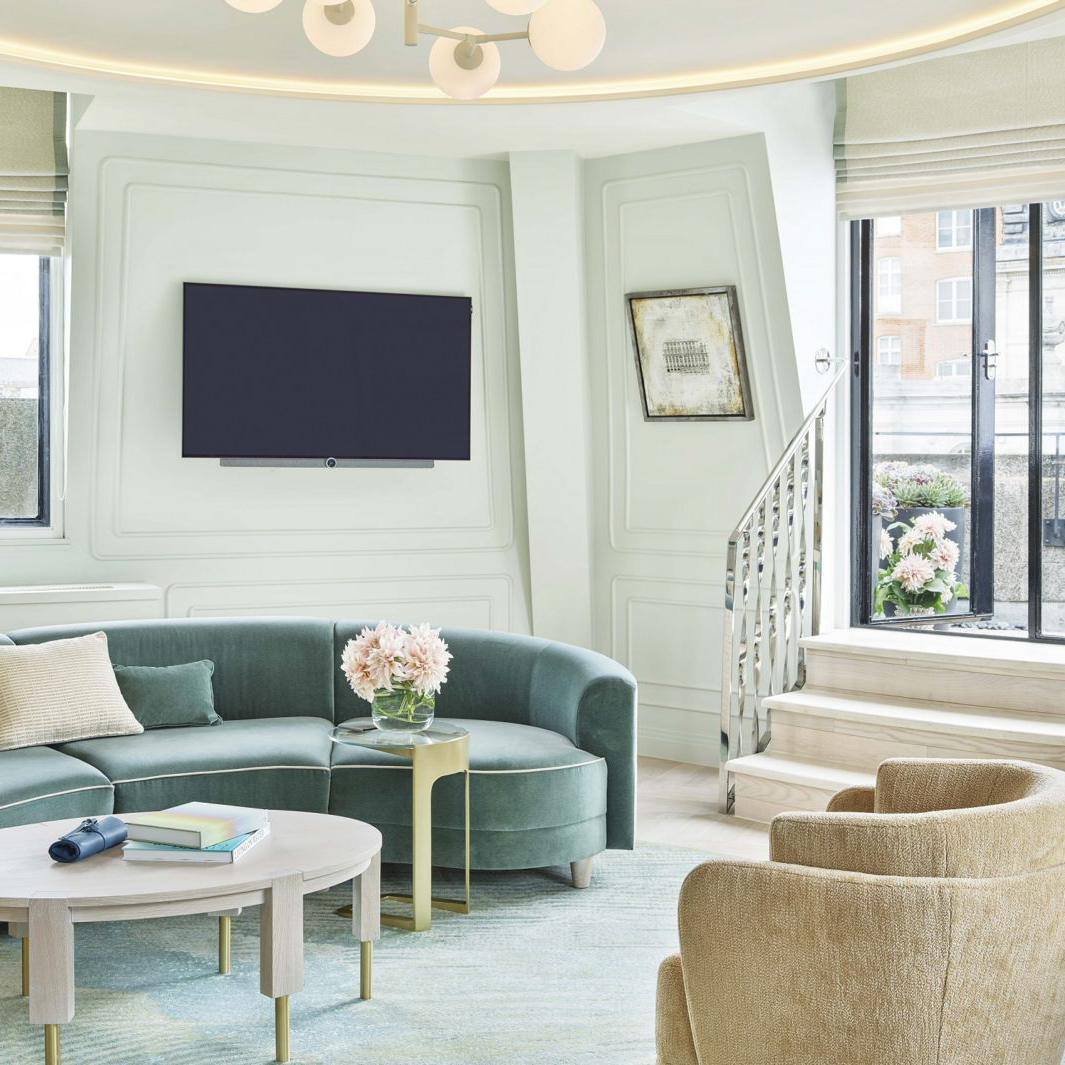LED artwork has become increasingly popular in recent years, serving as a unique and captivating creative medium that combines cutting-edge technology with artistic expression. By using LED lights in their creations, artists have the ability to produce visually stunning, immersive experiences that captivate and inspire viewers.
In this article, we will delve into the world of LED artwork, exploring both its technical and artistic aspects to better understand the incredible potential that this form of art offers.
What is LED Artwork?
LED artwork is a type of art that employs the use of light-emitting diodes (LEDs) to produce artistic visual effects. LEDs are used to create various colors, patterns, and designs that can be used to create immersive and visually striking art installations.
These installations, which can take many forms, often incorporate elements such as sound, movement, and interactivity to create engaging experiences for viewers. They are often found in public spaces, such as museums or exhibitions, but can also be created for private collections.
Technical Aspects of LED Artwork
The technical aspects of LED artwork involve the use of programming languages and hardware components to control and manipulate LEDs. One such component is the Arduino board, which is a small computer board that can be programmed to control the behavior of LEDs. Other essential components include resistors, capacitors, and transistors, which are used to control the electrical current that powers the LED lights.
In addition, various programming languages can be used to control the behavior of LEDs. Some of the most popular languages for LED artwork include Processing, Arduino, and Python. These languages allow artists to create complex algorithms and patterns that can be used to create dynamic visual displays.
Artistic Aspects of LED Artwork
The artistic aspects of LED artwork involve the use of color, form, and movement to create compelling visual experiences. Artists who use LED lights in their work must consider the technical limitations of the medium, such as the limited range of colors that can be produced by LEDs.
However, by experimenting with different color combinations, patterns, and movements, artists can create artworks that are both visually striking and emotionally evocative. The interactivity of LED artwork also provides unique opportunities for viewer engagement and participation, further adding to the artistic potential of this form of art.
Famous LED Artworks
There have been many famous examples of LED artwork over the years. Some of the most notable include:
– “You Are Here” by Dan Corson: This installation, located in Seattle, uses LED lights to create a visually stunning canopy of lights that stretches over a public park.
– “Infinity Mirrored Room” by Yayoi Kusama: This immersive light installation features LED lights and mirrors to create an endless, psychedelic space that invites viewers to lose themselves in the experience.
– “Volume” by United Visual Artists: This installation uses a grid of LED lights to create a dynamic, interactive display that responds to the movement and presence of viewers.
LED artwork is a fascinating and dynamic medium that blends the worlds of technology and artistic expression in exciting ways. By exploring both the technical and artistic aspects of LED artwork, we can gain a deeper appreciation for the incredible potential that this form of art has to offer.
From famous installations to up-and-coming artists, the world of LED artwork is filled with creativity and innovation just waiting to be discovered. As we continue to push the boundaries of technology and artistic expression, it will be exciting to see what new forms of LED artwork emerge in the years to come.
